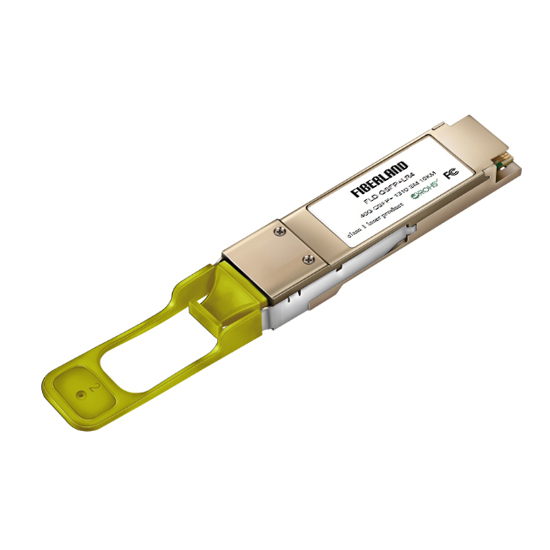Introduction
In the electronics and telecommunication world, progress in technology is being made at a rapid rate. With the invention of the simple transmitter and receiver, early scientists thought the world will never see another marvellous breakthrough in the electronic communication field. They have been proved wrong in every sense of the word. Soon after the invention of transmitters and receivers, the scientists invented the ham radio or the amateur radio. With this device, one could combine the circuitry of both, a transmitter and a receiver into a single device. This electronic device came to be known as a transceiver, which did the jobs of both, a transmitter and that of a simple receiver as well.
Improvement on the transceiver model
As said earlier, technology has seen much advancement in the versions of transceiver models across the past decades. The major device that came out of the transceiver model was that of the SFP transceiver, where SFP stands for small form factor pluggable. It was a smaller, densely packed electronic device that contained hot plugging property. Hot plugging basically refers to a method where a device can have multiple components removed and replaced without having to stop the machine from working. The progress did not stop at this stage. Better versions of the SFP models were made, each with their own unique advantages and use. The SFP+ version was the one which offered higher speeds of up to 10 giga bits per second, while the SFP28 gave speeds which reached 25 giga bits per  second. One of the best and fastest versions of this was the QSFP+ SR and QSFP+ LR models. QSFP+ SR stands for quad small form factor pluggable + short reach while LR in QSFP+ LR stands for long reach. These are dominant versions of their SFP models as it contains four lanes which allow these devices to reach up to 4 times their normal speed for the corresponding SFP transceivers. For example, if the SFP model can reach unto 10 giga bits per second, the QSFP+ SR and QSFP+ LR would reach unto 40 giga bytes per second, which is four times the normal speed. With new editions being released frequently, these speeds can be even more enhanced.
second. One of the best and fastest versions of this was the QSFP+ SR and QSFP+ LR models. QSFP+ SR stands for quad small form factor pluggable + short reach while LR in QSFP+ LR stands for long reach. These are dominant versions of their SFP models as it contains four lanes which allow these devices to reach up to 4 times their normal speed for the corresponding SFP transceivers. For example, if the SFP model can reach unto 10 giga bits per second, the QSFP+ SR and QSFP+ LR would reach unto 40 giga bytes per second, which is four times the normal speed. With new editions being released frequently, these speeds can be even more enhanced.
Deepening on the optical reach, whether it is multi mode fibre or single mode fibre, quad SFP can be available in many different forms. These QSFP+ SR and QSFP+ LR are used for various purposes. These include its use in Ethernet ports, in InfiniBand standards, which is basically a networking standard which is used to describe high powered computing devices which have low latency period and enormously high throughput. They are also used in fibre channels. The SR mode or the short reach mode is for communications up to 300 meters while the LR or long reach is for distances up to 10 kilometres.
Conclusion
Thus, QSFP models of transceivers are highly useful. With their use, it has become much easier for us to send and receive information over transceivers.